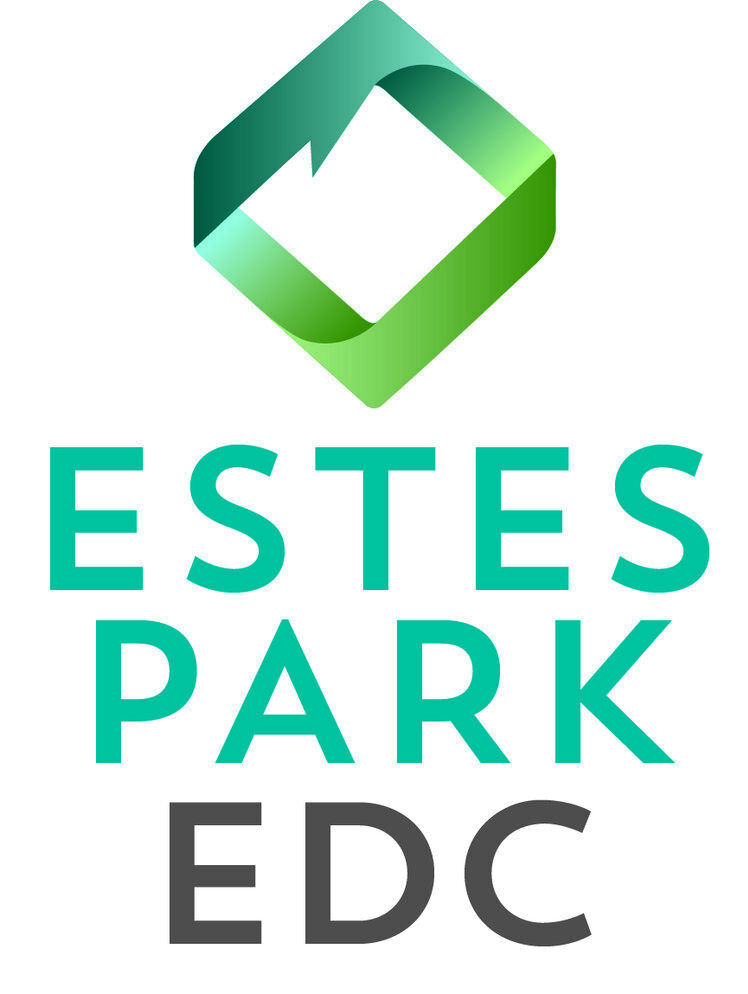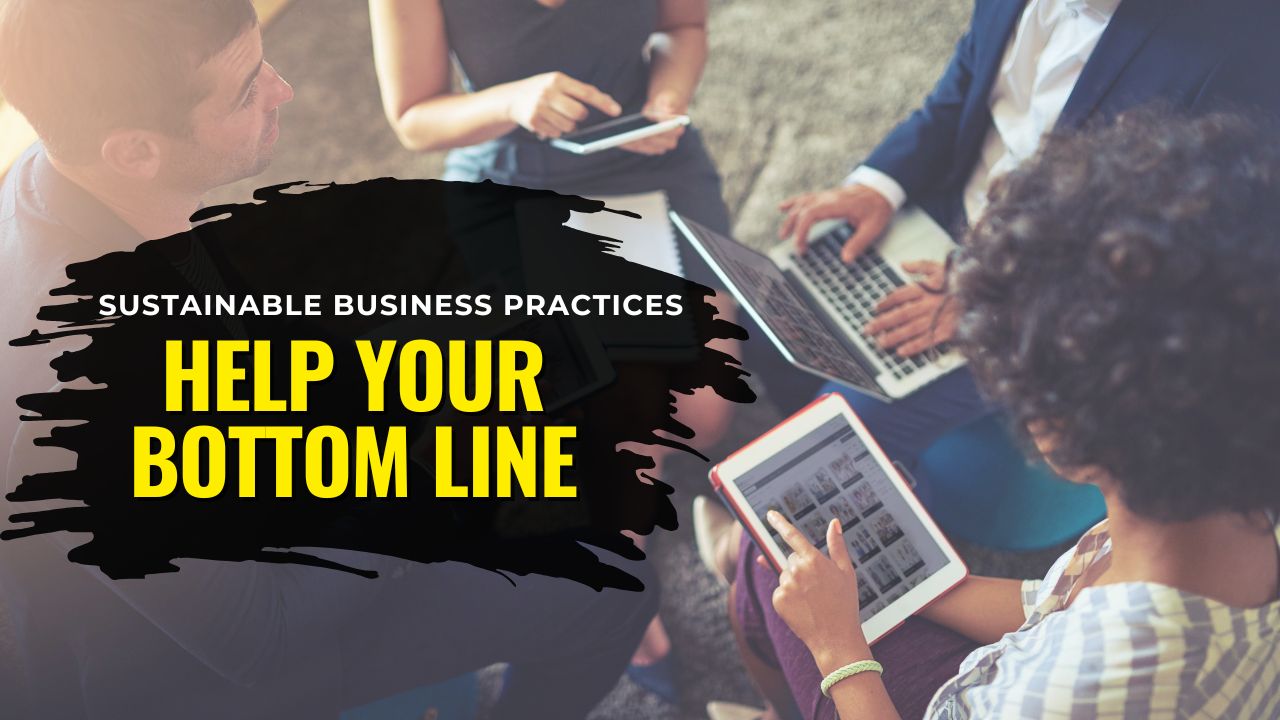Sustainability is no longer a side project—it’s a profit strategy. Companies that weave sustainable business practices into daily operations are reducing costs, unlocking new revenue, attracting talent, and lowering risk.
Below, you’ll find a practical, numbers-driven playbook to translate ESG and climate action into measurable financial results—without fluff.
Why sustainability pays now
Three forces make sustainability a margin booster in 2025:
- Operating savings: Energy, water, materials, and logistics optimizations reduce waste and stabilize cash flow. Many projects have short paybacks and stack to create recurring savings.
- Revenue lift: Customers increasingly prefer low-impact products. Clear, verifiable benefits (recycled content, lighter packaging, lower energy-in-use) can increase conversion and preserve pricing power.
- Risk reduction: Forward-looking companies face fewer supply shocks, get better terms from lenders/insurers, and pass vendor sustainability screens in enterprise procurement.
The eight highest-impact levers (with realistic ranges)
1) Energy efficiency (facilities)
The cheapest energy is the energy you don’t use. LEDs, occupancy sensors, building automation, variable-speed drives, and setpoint tuning routinely deliver 15–35% electricity savings at site level, with 6–24-month paybacks for the first wave of projects.
2) Renewable electricity (onsite & offsite)
Onsite solar can hedge daytime tariffs, while offsite PPAs/VPPA structures provide long-term price visibility. Benefits go beyond kWh: volatility hedging, Scope 2 reduction, and brand value in enterprise sales. Typical onsite paybacks: 3–7 years depending on tariffs and incentives.
3) Battery storage & demand management
Battery energy storage and load shifting trim peak charges and improve reliability. Sites with spiky demand can cut 10–25% from demand charges by discharging at peaks and scheduling flexible loads off-peak.
4) Compressed air & process optimization
Air leaks, oversizing, and poor maintenance are silent profit killers. Simple leak fixes and pressure optimization can save 10–20% of compressor energy—often with weeks-to-months paybacks.
5) Water efficiency & reuse
Low-cost retrofits (aerators, smart irrigation, condensate capture) and process-water loops reduce consumption 10–30% and cut sewer fees. In water-stressed regions, resilience benefits are as valuable as the utility savings.
6) Waste reduction & circularity
Material right-sizing, reuse loops, and closed-loop packaging cut disposal costs 15–50% while avoiding re-order waste. Design changes—lighter packaging or modular products—often unlock freight and handling savings too.
7) Logistics & fleet electrification
Route planning, load consolidation, and gradual EV fleet adoption reduce fuel/maintenance 20–40% on suitable duty cycles. Even partial electrification (forklifts, pool cars, last-mile vans) can generate quick wins.
8) Supplier engagement & product claims
Helping key suppliers report footprints and meet basic standards reduces delivery risk and keeps you eligible in sustainability-screened RFPs. Clear, compliant claims (e.g., “made with 60% recycled content”) support premium positioning and faster enterprise approvals.
Quick ROI snapshot (what typically pays back first)
| Practice | Primary Cost Lever | Typical Savings | Typical Payback | Extra Upside |
|---|---|---|---|---|
| LEDs + controls | Electricity | 40–60% of lighting energy | 6–18 mo | Better light quality, safety |
| HVAC optimization & VFDs | Electricity/gas | 10–25% HVAC energy | 12–36 mo | Comfort, equipment life |
| Compressed air leak fixes | Electricity | 10–20% compressor energy | Weeks–6 mo | Fewer unplanned stops |
| Onsite solar (roof/ground) | Tariff hedge | 15–35% of annual kWh | 3–7 yrs | Price certainty, brand |
| Battery storage (demand shave) | Demand charges | 10–25% of peak fees | 3–8 yrs | Resilience/back-up |
| Water efficiency | Water/sewer | 10–30% use reduction | 6–24 mo | Drought resilience |
| Route optimization | Fuel/time | 10–15% fuel/route | Immediate–6 mo | On-time performance |
| Fleet electrification (select routes) | Fuel/maintenance | 20–40% TCO vs. ICE | 3–6 yrs | Noise/air benefits |
Ranges are illustrative; site economics depend on rates, incentives, utilization, and capex.
A simple business case you can copy
Imagine a 100,000-sq-ft light-manufacturing site:
- Baseline: 2.0 million kWh/yr at $0.14/kWh; $280,000 annual electricity cost.
- LED + controls: Reduce lighting share by 50%. If lighting is 30% of load, total site savings ≈ 0.30 × 50% × 2.0M = 300,000 kWh → $42,000/yr.
- HVAC optimization & VFDs: 12% HVAC savings; if HVAC is 35% of load → 0.35 × 12% × 2.0M = 84,000 kWh → $11,760/yr.
- Compressed air fixes: 15% compressor savings; if compressors are 10% of load → 0.10 × 15% × 2.0M = 30,000 kWh → $4,200/yr.
- Subtotal (no/low-capex): $57,960/yr savings.
- Onsite solar (400 kWdc): ~520,000 kWh/yr generation → $72,800/yr avoided cost (before incentives).
Combined annual impact: about $130,000 saved, or 46% of the original electricity bill, plus resilience and marketing benefits.
Implementation roadmap (12 months to results)
Month 0–1: Measure & prioritize
- Build a utility baseline (electricity, gas, water, waste, fleet).
- Rank sites by cost intensity (spend per ft² or unit produced).
- Identify no-/low-capex opportunities that pay back within a year.
Month 1–3: Quick wins
- Tune controls: scheduling, setpoints, deadbands, economizers.
- Fix leaks & losses: compressed air, steam, water.
- LEDs in high-hour zones: warehouses, production floors, parking.
Month 2–6: Targeted capex
- VFDs for fans/pumps, heat recovery, smart meters.
- Solar pre-feasibility: roof condition, structural reserve, production profile, tariff match.
- Shortlist battery use-cases for demand peaks and backup.
Month 3–9: Power strategy & contracts
- Compare onsite solar + storage vs offsite PPA/VPPAs.
- Evaluate tariff volatility and escalation clauses; include brand and sales enablement in the business case (not just kWh).
Month 4–12: Supplier & product lift
- Ask top 20 suppliers for basic footprint and compliance data.
- Launch eco-design sprints to lower material and shipping weight.
- Create claim guardrails (what you can say, what proof you hold) to support marketing and enterprise sales.
How sustainability drives revenue (not just savings)
- Premium positioning: A clear, defensible environmental value proposition (e.g., “uses 30% less energy in operation,” “50% recycled fiber,” “plastic-free packaging”) supports price integrity during procurement negotiations.
- RFP eligibility: Many corporate buyers require basic emissions and supplier data to approve vendors. If you can produce clean, comparable metrics, you shorten sales cycles.
- Market access: Retailers increasingly set packaging and product-impact standards; compliant products avoid de-listing risk and benefit from better shelf placement.
- Loyalty & referrals: Employees and customers who align with your purpose become advocates—lowering customer acquisition cost (CAC) over time.
Build your internal scorecard
Track what matters to CFOs and operators, not vanity metrics:
- Energy intensity: kWh per unit output (or per ft²).
- Demand peaks: monthly max kW and charges avoided.
- Water intensity: liters per unit produced; leak rate.
- Material efficiency: yield %, scrap rate, reuse loops.
- Logistics intensity: gCO₂e per shipment; on-time rate.
- Project ROI: capex, payback months, net present value (NPV).
- Revenue signals: win rates in sustainability-screened RFPs, price realization for eco-labeled SKUs.
Governance that keeps it real
To turn purpose into profit, keep structures simple:
- Owner: Assign a P&L-literate operations or finance leader to chair a monthly Sustainability ROI Review.
- Stage-gate: Only approve projects with metered baselines and post-implementation M&V (measurement & verification).
- Portfolio view: Bundle small projects to smooth ROI and secure volume discounts from vendors.
- Claim control: Legal/Marketing maintain a one-page claims matrix to prevent greenwashing and protect brand trust.
Common pitfalls (and how to avoid them)
- Chasing certificates without savings: Start with efficiency; it pays for the program.
- Under-metering: Without meters/sub-meters, you can’t prove savings; install them early.
- Ignoring peak demand: Energy is not just kWh—kW peaks can dominate bills.
- One-and-done audits: Revisit settings quarterly; operational drift erodes gains.
- Over-promising claims: Keep product and marketing claims specific, measurable, and defensible.
In 2025, sustainability and profitability are not trade-offs—they’re two sides of the same strategy.
By targeting high-ROI efficiency, adding renewables and storage for cost stability, optimizing water and materials, and aligning supplier and product practices, you can cut expenses, lift revenue, and reduce risk—all while building a more resilient brand.
Start with metered baselines and quick wins, progress to power strategy and supplier engagement, and lock in a simple governance rhythm. Do this well, and you’ll profit from purpose—today and for the long run.
FAQs
What’s the fastest way to show savings this quarter?
Focus on controls tuning, lighting retrofits, and compressed-air leak repair. These actions are low-disruption, low-cost, and often pay back within months while improving safety and comfort.
Do I need a big budget to start?
No. Many high-value items are no-/low-capex. Use early savings to fund capex-heavier moves like solar, storage, or equipment upgrades. A portfolio approach balances quick wins with longer-term hedges.
How do I avoid greenwashing?
Make narrow, verifiable claims tied to evidence you control (test data, bills, bills-of-materials). Keep a short claims matrix and train sales/marketing so every promise is accurate, consistent, and compliant.

